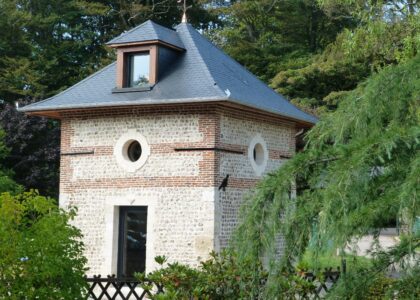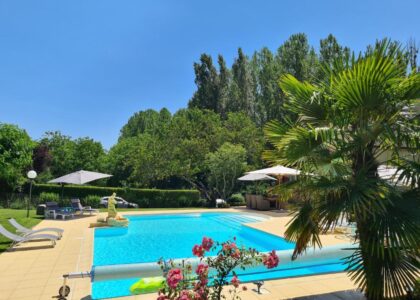Welcome to the Caddo Lake National Wildlife Refuge, where history and nature intertwine in a fascinating tale of transformation. This area, now a haven for wildlife, once played a pivotal role in the industrial and military history of the United States.
The story begins in 1942, as the United States was bolstering its military capabilities during World War II. The Longhorn Army Ammunition Plant was established on this site, covering over 8,400 acres. It was a bustling center for the production of TNT and later, during the Korean and Vietnam Wars, expanded to produce pyrotechnic devices and rocket propellants. By the 1960s, at its peak, the plant employed nearly 3,000 people, becoming a crucial part of the local economy under the management of companies like Monsanto and Thiokol Corporation.
A significant figure in the plant’s establishment was Lyndon Baines Johnson, who, as a young congressman, helped secure the site in Karnack, near his wife’s hometown. This area saw the end of an era in 1987 when the Longhorn Plant was the site for the first U.S. missile destruction under the Intermediate-Range Nuclear Forces Treaty, witnessed by Vice President George Bush.
As the Cold War tensions eased, the plant’s operations wound down, and by 1995, it was officially deactivated. The transformation from ‘bombs to birds’ began as the site was repurposed into the Caddo Lake National Wildlife Refuge, officially established in the early 2000s. Today, the refuge spans over 7,000 acres, protecting diverse ecosystems and offering a sanctuary for rare species like the peregrine falcon and the alligator snapping turtle.
In the broader historical context, the refuge represents a dramatic shift from an industrial past to a conservation-focused future. Visitors can explore remnants of the plant amidst the serene beauty of Caddo Lake’s wetlands, a landscape that echoes the stories of both military history and natural wonder.
The refuge is not only a reminder of our nation’s industrial and military past but also a symbol of renewal and ecological preservation. As you walk through its trails or paddle through its waterways, you are experiencing a unique blend of history and nature, a testament to change and resilience.





